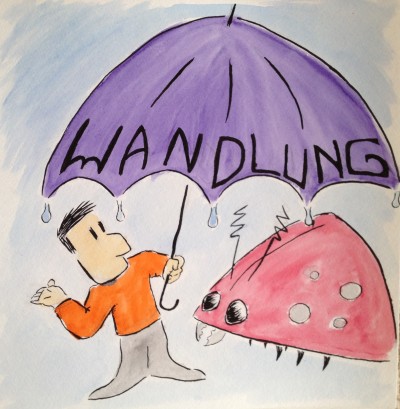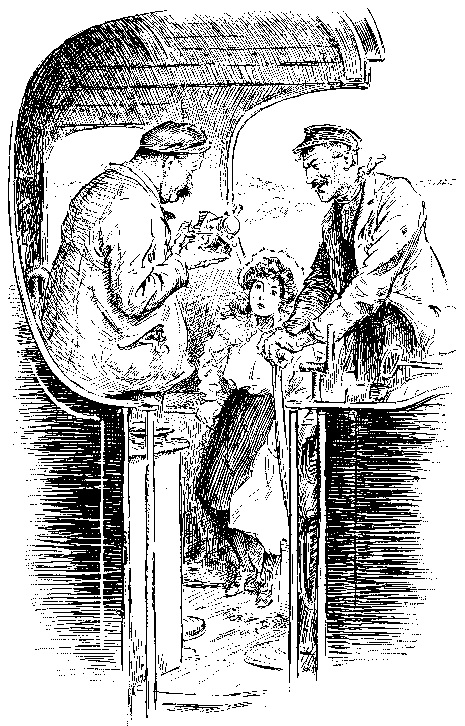All things considered, my educational experience was a good one marked by privilege. I can look back now and wish that I had been given stronger theory by more passionate educators in some arenas, but overall I had the world handed to me. The most regrettable aspect of my formal education was my own perspective on its purpose. To me, paying attention in school was always more of an obligation, part daily work day grind and part proving my own capability or normalcy amongst my peers. Rarely was I ever self-motivated toward the ideas or subjects to which I was being introduced. It took leaving college and spending a year or two without any kind of spoon-fed, intentional learning before I began to become a self-motivated learning. Now I’m constantly on the learning offensive, looking out for new ideas to readily devour.
Why is it that learning is such a touchy cultivation? There are a thousand factors at hand in growing as a person who wants to understand. For many of us the education we are handed forever dims any idea that we would actually pursue learning of our own accord. An education system involves all sorts of standardization, enforced subject matters, and comparison, both in grading and in social interactions. As someone who didn’t care then and loves learning now, I have an immense passion to pass on to my own children the internal fire and confidence needed to find their places through self-motivated learning.
_________
My Process
Step 1: Get to know your child personally so well that you understand what they are passionate about and why.
– It’s easy to know what they love, but a life time can be devoted to understanding why it excites them. It’s never to early to start this.
Step 2: Get them more of what they love.
– Books, relevant experiences, games, tutors. Don’t put all of your energy into diversifying their interests, focus on new ways for them to experience what they love.
Step 3: Repeat Step 1.
– Emphasis on learning their passions in the context of the new experiences.
Step 4: Repeat Step 2.
– Diversify and stretch your imagination and theirs concerning how they perceive what they are comprehending. Let them establish a launching pad and give them vision for directions they can take things.
Step 5: Ad Infinitum, Phasing Yourself Out Over Time.
_________
Obviously, this isn’t to say that people who don’t like math shouldn’t learn to add or multiply. There are certain skill sets that are universally useful, regardless of your tastes or trade, and learning to push through to understand things that are of little personal interest is also a valuable skill in and of itself.
My end game goal is to have children who are confident in who they are and capable of seeking out and processing information. They would never had a capacity for all available information and to attempt to cram it in them would only snuff out their own desires. Don’t beat yourself and your kids up about reaching outside standards if the experience at hand indicates they are learning and flourishing.
_________
Further Reading
Mary Berry’s Thoughts On Her Father’s Lasting Legacy





